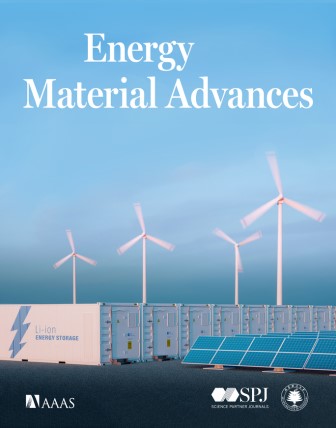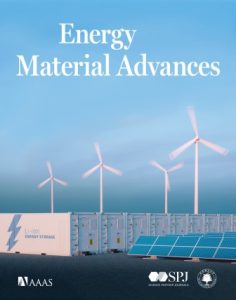
Academics in China and Poland have done a detailed systematic review of phosphorus anode research, which has been published for anyone to read.
“The development of cost-effective and high-performance red phosphorus anode materials for Li-ion and Na-ion batteries is imperative,” said review co-author Professor Hailei Zhao, of the University of Science and Technology Beijing. “Despite red phosphorus showing great potential, the inherent poor electrical conductivity and significant volume changes during charge-discharge compromise its cycling stability.”
She puts the conductivity at ~10-14S/cm and the volume change at 300%, explaining that these cause substantial electrode polarisation, sluggish reaction kinetics and electrode pulverization.
One potential solution is a high-conductivity support structure with plenty of internal volume to accommodate the swelling phosphorus, if one can be engineered.
The University of Science and Technology Beijing worked with the Beijing Institute of Technology, the Yangtze Delta Region Academy of Beijing Institute of Technology, the University of Krakow and Beijing Municipal Key Lab of New Energy Materials and Technology to summarise the current state of play in the clearly-written paper ‘Limitations and strategies toward high-performance red phosphorus materials for Li/Na-ion batteries‘, published in Energy Material Advances.







